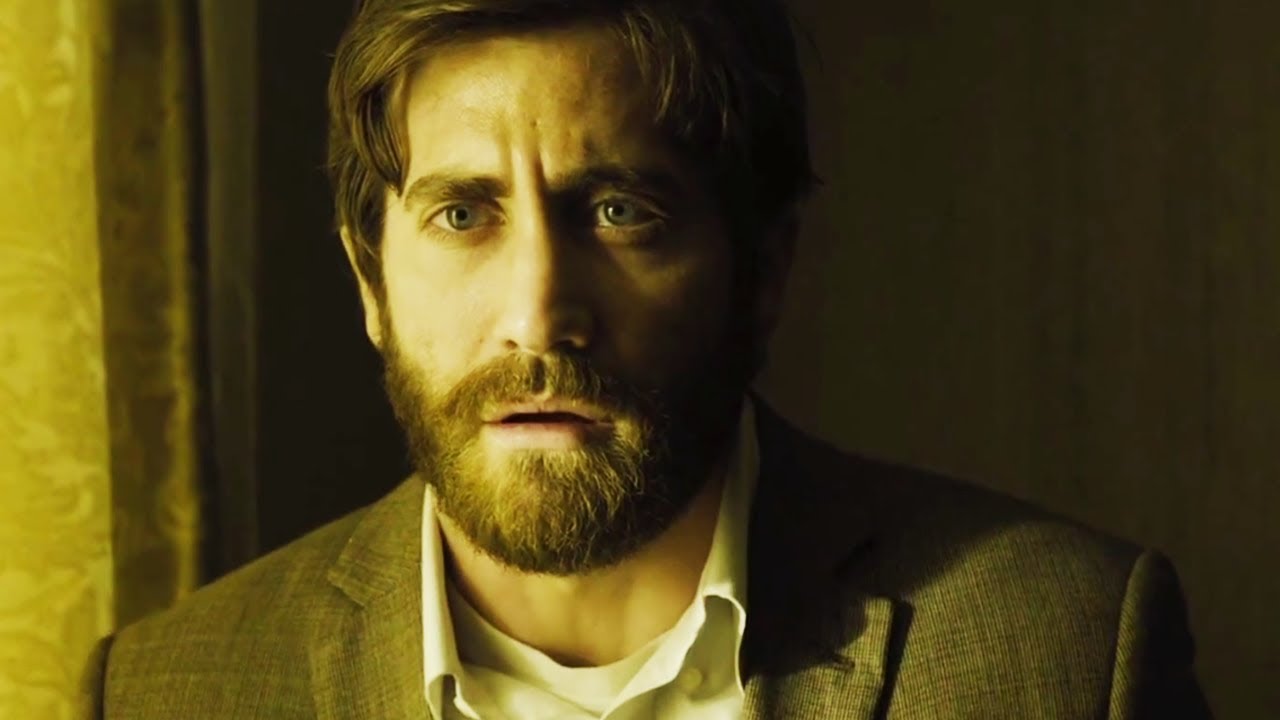
Across the past decade, films have become more layered and nuanced than ever before. Advanced technology and talented filmmakers have challenged themselves over the past ten years to make complicated films that inspire spirited critical evaluation from viewers, who examine the films for their meaning. Often the best films are the ones that require multiple viewings to fully comprehend, and many of these films have ambiguous elements that create multiple interpretations.
A film can be considered complex for many reasons; some have intricate plots with many moving parts, some have nonlinear and dreamlike elements that make their narratives challenging to follow, and others have rich thematic subtext that can be analyzed for their hidden meanings. A film isn’t good just because it is complex, but the twenty films below are great examples of how to make a layered, deep film that is still engaging to an audience. Here are the top twenty most complex movies of the 2010s.
20. Get Out
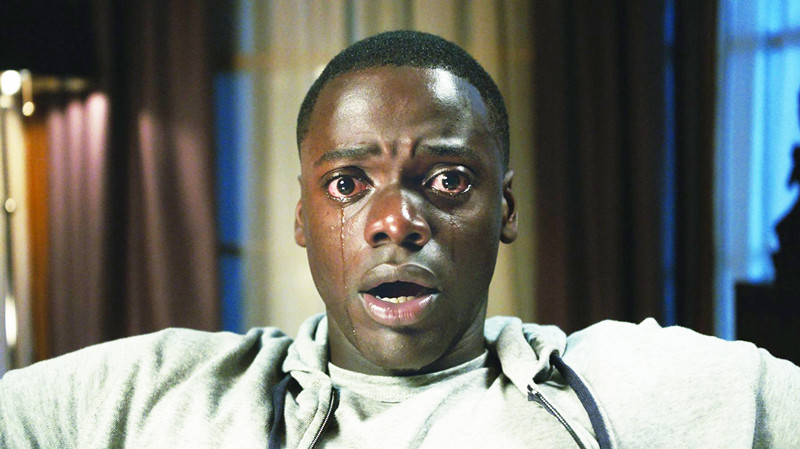
Instantly emerging as one of the most influential horror films of all-time, Get Out examines the complex nature of racism in modern America and the ways in which people mask their true prejudices. Jordan Peele analyzes the ways in which people that go out of their way to be accepting can objectify people of color, and the ways in which a wealthy Armitage family uses their seemingly welcoming nature to deceive and capture African-Americans makes for a lot of pointed satire.
There’s a lot of comedy that comes from the awkwardness of the situation, and it is enjoyable to rewatch Get Out to discern which aspects should be taken literally and which are satirical. The opening moments are littered with clues that correspond to the reveal of the Armitage family’s quest to transplant brains into living hosts, and further rewatches prove just how genius Peele is at foreshadowing the shocking twist.
19. Snowpiercer
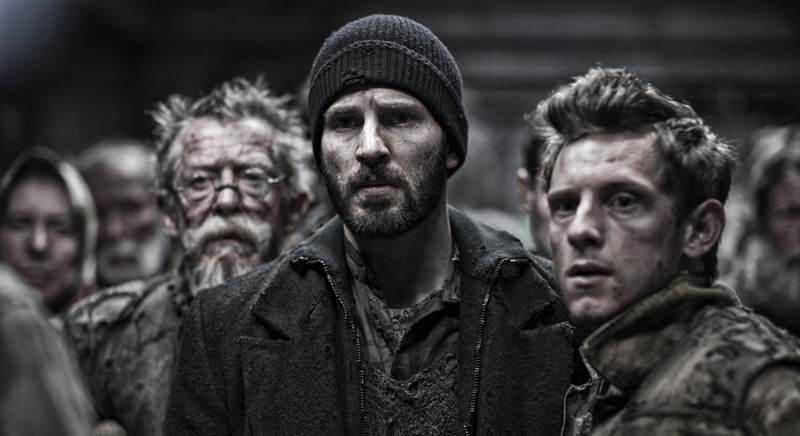
Few filmmakers can depict wealth divisions as well as Bong Joon-ho, and Snowpiercer shows how a futuristic society could support a system that separates people based on class with a great deal of imagination. Each class is represented by a different section of a train that circles a post-apocalyptic Earth, and Bong uses this premise to explore both the consolidation of resources by the rich elite and the impact of climate change on a fragile Earth. A rebellious leader named Curtis Everett (Chris Evans) leads a rebellion against the upper class that dwell at the front of the train, and through Curtis’s gradual journey to the front, the effects of propaganda and health issues on the lower classes are evident as Curtis sees how the other side lives.
There’s a complex history to how these patterns developed and their parallels to systems throughout history, and Snowpiercer is a great example of how an action movie can develop timely themes in the period between set pieces.
18. Blade Runner 2049
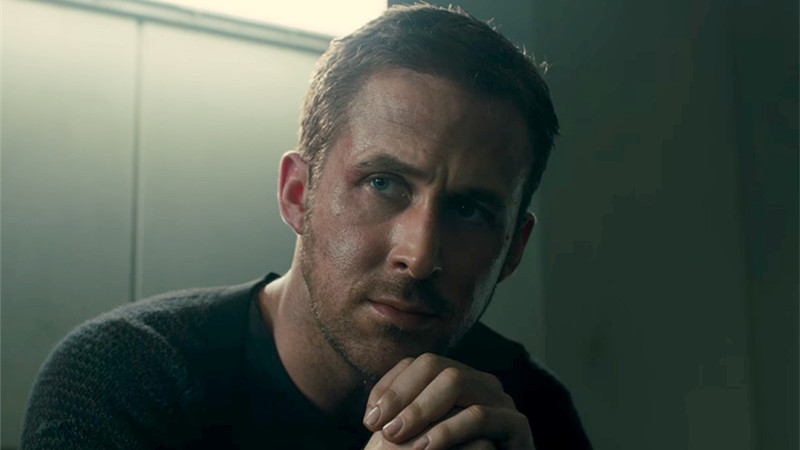
It’s no easy task to make a sequel to one of the greatest films ever made, but Blade Runner 2049 was able to expand the world of the 1982 classic by showing how different generations of replicants searched for their own humanity. The film asks many of the same questions that the original did about what defines a human being, but it digs deeper into the question by showing how empathy, intimacy, and memory play a role in someone’s emotional journey. It’s also a film that is deeply layered on a plot level, and shows how the interaction between law and corporations impact the nature of justice.
Ironically, the main plot of a replicant uprising is secondary to the emotional journey of Ryan Gosling’s character K, and the return of Harrison Ford as Rick Deckard is able to complete the character’s arc rather than just exist for fan service. Blade Runner 2049 reinterprets the imagery and themes of the original Blade Runner by exploring the complexity of the first film’s legacy, and beautifully takes things like the iconic “Tears in Rain” speech and uses them in a new context.
17. Black Swan
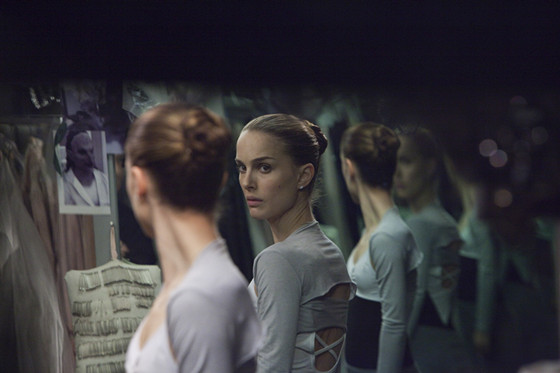
Darren Aronofsky’s engrossing thriller Black Swan can strike a chord with any artist who has gone out of their way to achieve perfection, and explores how an artist’s identity can be compromised as they become consumed by their dedication to craft. The complexity of the film comes from how ambiguous it is; as Nina (Natalie Portman) wrestles with a darker side of her personality, her perspective becomes increasingly unreliable as surrealist sequences highlight how obsessive she has become.
It’s never clear how much of Nina’s experiences with her counterpart Lily (Mila Kunis) are intended to be literal and how much is intended to be figurative, but the physical effects that Nina faces during the film’s closing scene suggest that it’s a mix of both. Black Swan is an exhilarating depiction of one’s own duality and how sexual exploration fuels change, and the ballet setting gives Aronofsky the perfect metaphor for the facades that artists put on to succeed.
16. The Lighthouse
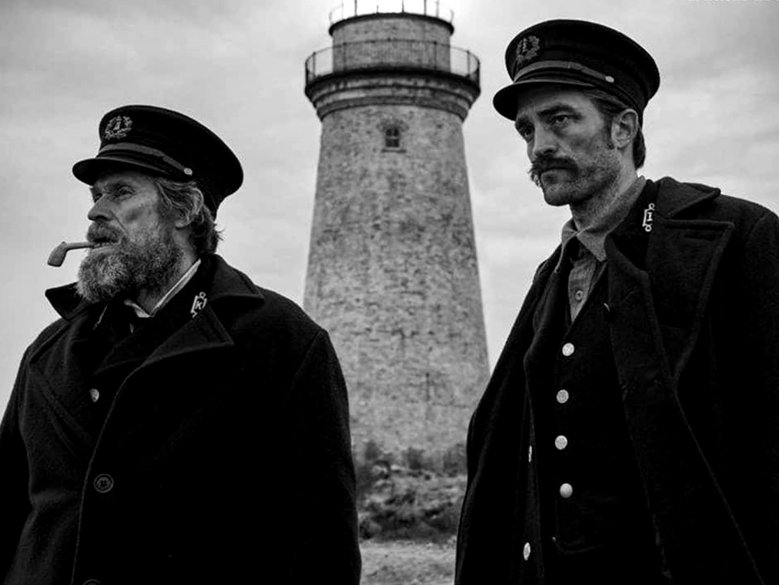
After the resounding success of his first film The Witch, Robert Eggers created another horror masterpiece with The Lighthouse, a film with astounding visceral sensibilities and rich thematic subtext. There are many interpretations of what the relationship between the two lighthouse keepers played by Robert Pattinson and Willem Dafoe actually represents, with some suggesting that they are in a form of purgatory and others thinking that it is the same character who is interacting with his future self.
Both characters only disclose limited details about their pasts to each other, so the audience is left to fill in the gaps by what is left unsaid between the two. Few films have ever depicted the descent into madness as well as The Lighthouse, and it will likely be a film that will spark even more interpretations as viewers continue to discover it.
15. First Reformed
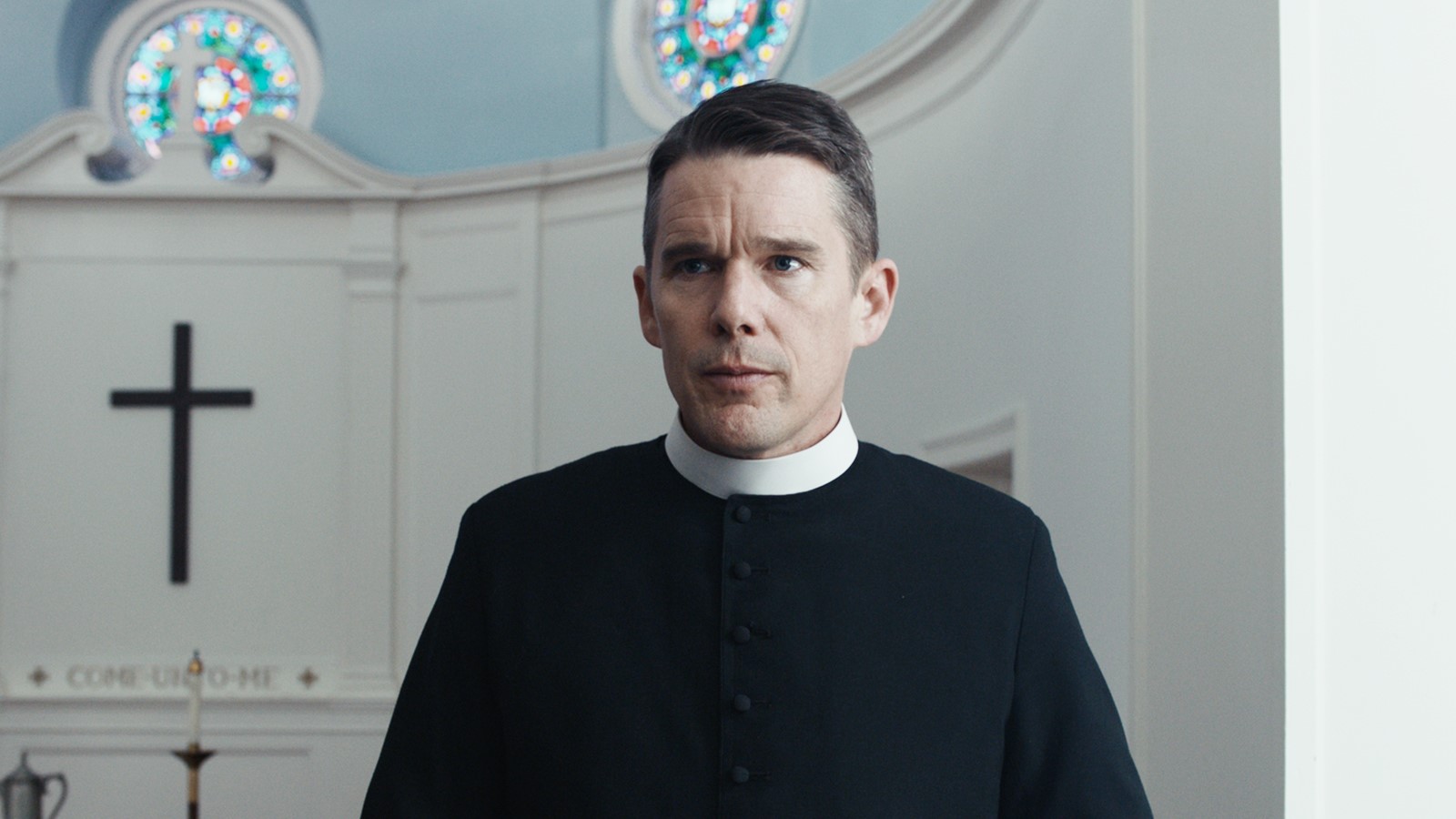
Over forty years after writing Taxi Driver, Paul Schrader directed another neo-noir thriller about a complicated anti-hero who contemplates his life choices, and in First Reformed Schrader uses a disenfranchised priest’s breakdown to explore the difficulties of justifying faith within a modern context. Ernst Toller (Ethan Hawke) begins to understand why many people are turning to radical political action, and as he contemplates the world’s violence he calls out the hypocrisy of those around him that ignore the damage done to the Earth and protect their own financial interests.
Toller’s interactions with a recently widowed woman (Amanda Seyfried) add interesting questions about the nature of intimacy and personal peace, and a surrealist interaction between the two suggests that much of the film is intended to be symbolic. With an ending that provokes many questions about Toller’s motivation and fate, First Reformed proved to be a thought provoking masterpiece and a perfect time capsule of today’s issues.
14. Shutter Island
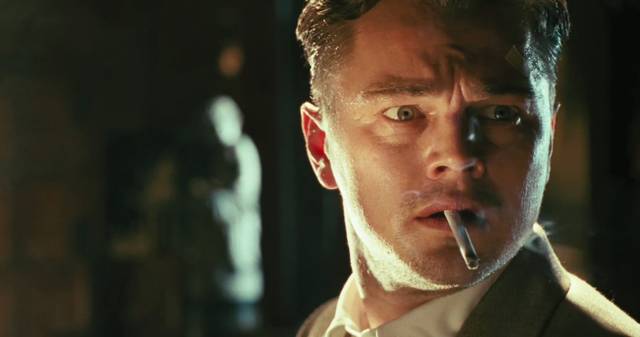
Martin Scorsese’s psychological thriller is completely unlike anything else he’s ever made, and serves as a detailed examination of how self-illusion and wish fulfillment can be detrimental to someone’s ability to cope with trauma.
U.S. Marshal Teddy Daniels (Leonardo DiCaprio) has twisted and contorted his own memories in order to save himself from confronting his past decisions, and Scorsese approaches his realization as a labyrinth in which elements of the investigative genre are used to personify Teddy’s search for his own identity. The way in which Teddy imagines himself and the way he conducts his investigation ends up disclosing a lot about his character and his unreliable nature.
13. A Ghost Story
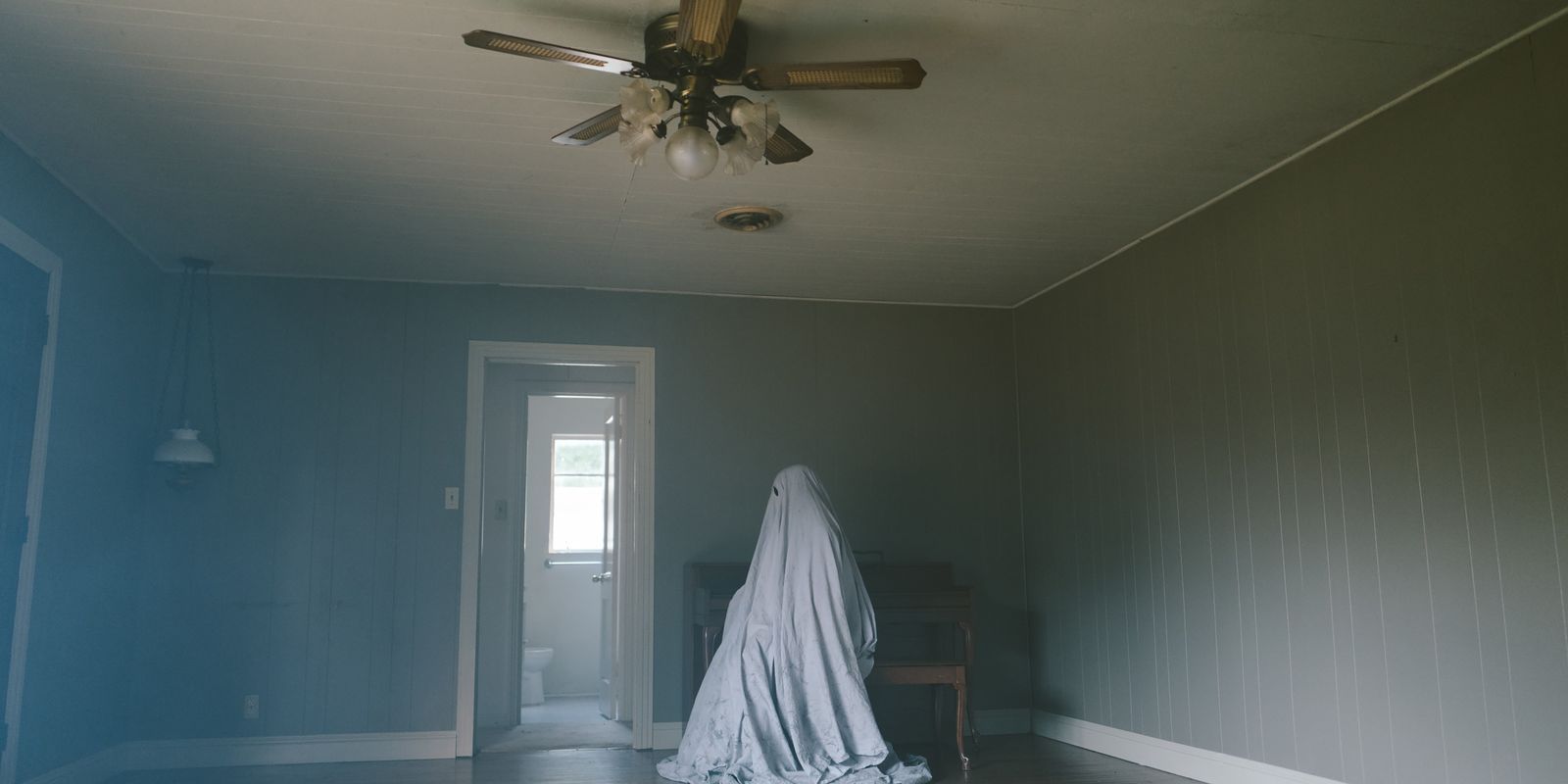
David Lowery’s impressionistic masterpiece doesn’t seek to make a concise statement about the nature of time and memory, but through clever recurring themes A Ghost Story shows how rich of a history certain objects and locations can have. A ghost watches as his widow survives past his death, and looks at the lives of the past and present inhabitants of their house over the course of many lifetimes.
Many of these inhabitants have the same issues and ask the same questions, and while they are occasionally able to grasp the scope of existence, they’re never able to see the full picture because they only have a finite amount of time on Earth. While some could view Lowery’s depiction of life’s futility as pessimistic, he never forgets the beauty that exists in these simple environments, and his eagerness to show how one lifetime ripples into another makes for a fascinating philosophical study.
12. Contagion
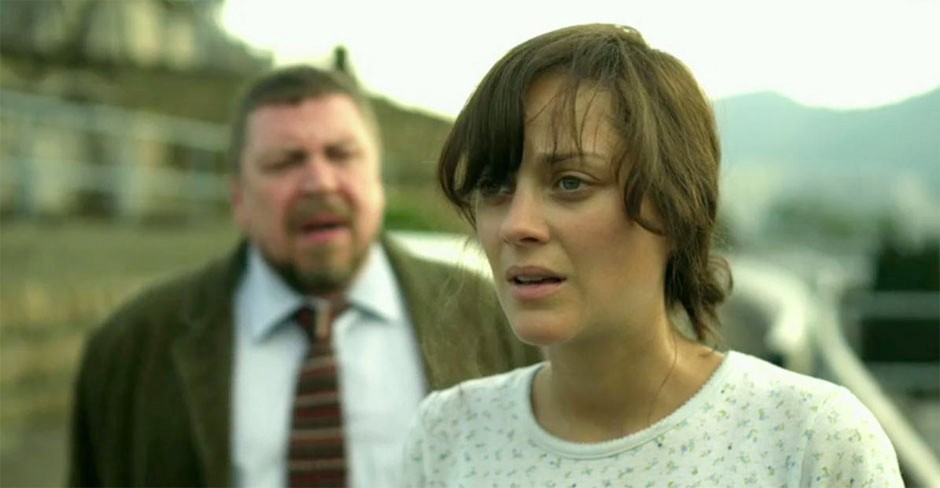
Steven Soderbergh is one of the most detail oriented directors of his generation, and with Contagion Soderbergh crafted a brilliant exploration of the societal effects of a mass pandemic. Contagion doesn’t follow a traditional narrative, as it links seemingly random events that involve various families, journalists, scientists, and governmental figures as they react to the outbreak of a worldwide virus.
Soderbergh doesn’t obey any traditional rules of storytelling; major movie stars will appear for brief scenes and some plot lines go unresolved by the end, but throughout the chaos Soderbergh is able to pull back the audience’s perspective to explore the societal trends that exist and how each of these characters’ actions impact one another. It’s a radical approach to storytelling that isn’t afraid to get deep into process, and Soderbergh successfully leaves the viewer shocked, scared, informed, and dazzled.
11. Annihilation
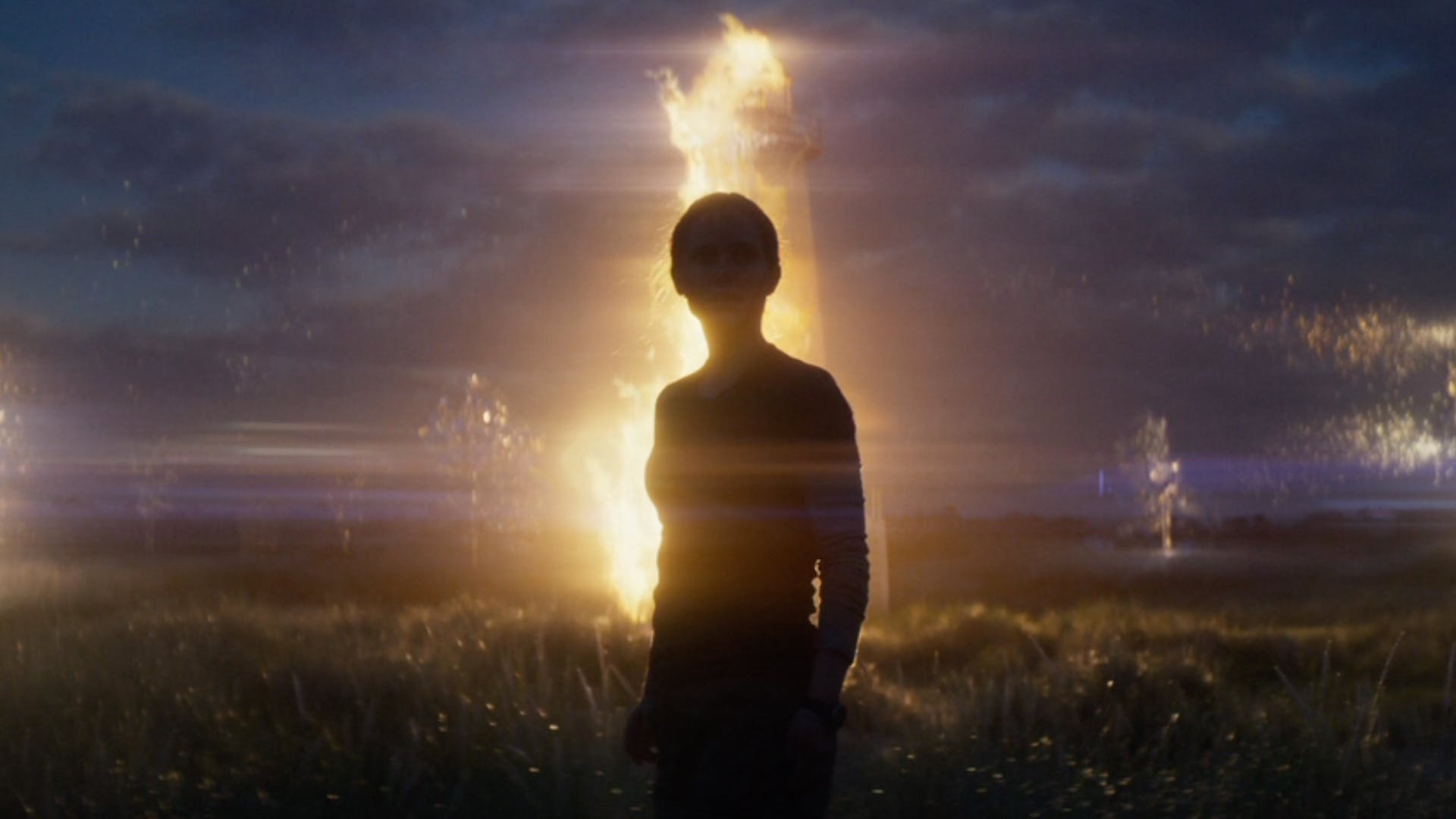
An incredibly imaginative take on the sci-fi body horror genre, Annihilation takes inspiration from Cronenberg, Lynch, and Kubrick and melds their sensibilities into an overwhelming sensual experience. As scientist Lena (Natalie Portman) searches for her husband as part of an exploratory mission into a mysterious area called “The Shimmer,” she discovers a world in which normal biological rules don’t exist and mutated creatures emerge from the wilderness.
The emphasis on doppelgangers says a lot about the nature of the human psyche, and how disease, depression, and loss can transform someone’s very being into a shadow of its former self. There are no easy answers and filmmaker Alex Garland leaves the connection Lena has with The Shimmer up for interpretation, and few films this decade have encouraged as many different interpretations as Annihilation.